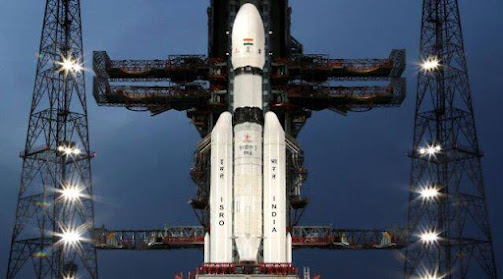Chandrayaan-3: The Next Step in Lunar Exploration
Objectives of Chandrayaan-3
The primary objectives of Chandrayaan-3 are focused on lunar surface exploration and research. These objectives include:
Soft Landing: Chandrayaan-3 aims to achieve a successful soft landing on the lunar surface, overcoming the challenges faced during the Chandrayaan-2 mission's landing attempt.
Enhanced Payload: The mission carries a more advanced payload compared to its predecessor. Scientific instruments onboard Chandrayaan-3 will analyze the Moon's composition, topography, elemental abundance, and exosphere, providing valuable data for scientific research.
Sample Collection: While Chandrayaan-3 does not include a lander-rover combination like Chandrayaan-2, it is equipped with instruments designed for sample collection. These samples will offer insights into the Moon's geological evolution and help deepen our understanding of lunar history.
Technical Improvements in Chandrayaan-3
ISRO has incorporated several technical improvements in Chandrayaan-3 to enhance the mission's chances of success. These improvements include:
Redesigned Lander: Chandrayaan-3 features a redesigned lander component, addressing the challenges faced during the Chandrayaan-2 landing. The new design includes enhancements to landing gear, navigation systems, and overall robustness to ensure a higher probability of achieving a successful lunar touchdown.
Streamlined Approach: The mission architecture of Chandrayaan-3 has been streamlined to prioritize a successful soft landing. By simplifying the mission's objectives and reducing complexity, ISRO aims to increase the overall mission success rate.
Lessons Learned: ISRO has diligently analyzed the failures and challenges encountered during the Chandrayaan-2 mission. The insights gained from Chandrayaan-2 have been utilized to improve the planning, system design, and implementation of Chandrayaan-3, minimizing the chances of repeating past mistakes.
Collaborations and International Partnerships
Chandrayaan-3 represents a significant leap forward in India's lunar exploration program. With its mission objectives centered around soft landing, enhanced payload, and sample collection, it aims to expand our understanding of the Moon's composition and evolution. Through technical improvements and lessons learned, ISRO is committed to overcoming past challenges and achieving success with Chandrayaan-3.
As ISRO embarks on this new lunar expedition, we eagerly anticipate the outcomes and discoveries that Chandrayaan-3 will bring. In addition to demonstrating India's technological capability, this mission also emphasizes the cooperative character of space exploration as we work together to solve the mysteries of the Moon and the cosmos.

